The instability at the beginning of the solar system
Thursday, 28 April 2022 02:05 Michigan State University's Seth Jacobson and colleagues in China and France have unveiled a new theory that could help solve a galactic mystery of how our solar system evolved. Specifically, how did the gas giants - Jupiter, Saturn, Uranus and Neptune - end up where they are, orbiting the sun like they do?
The research also has implications for how terr
Michigan State University's Seth Jacobson and colleagues in China and France have unveiled a new theory that could help solve a galactic mystery of how our solar system evolved. Specifically, how did the gas giants - Jupiter, Saturn, Uranus and Neptune - end up where they are, orbiting the sun like they do?
The research also has implications for how terr NASA gives boost to Boston University-led effort to model solar system's protective bubble
Thursday, 28 April 2022 02:05 A Boston University-led team that has pioneered major advances in our understanding of the bubble protecting the solar system-and all life on Earth-has won a major new grant from NASA. The SHIELD (Solar wind with Hydrogen Ion Exchange and Large-scale Dynamics) DRIVE Science Center has been awarded a new five-year grant to continue advancing its breakthrough work in heliophysics, the study of how
A Boston University-led team that has pioneered major advances in our understanding of the bubble protecting the solar system-and all life on Earth-has won a major new grant from NASA. The SHIELD (Solar wind with Hydrogen Ion Exchange and Large-scale Dynamics) DRIVE Science Center has been awarded a new five-year grant to continue advancing its breakthrough work in heliophysics, the study of how China opens Shenzhou-13 return capsule
Thursday, 28 April 2022 02:05 On Tuesday, China opened the return capsule of the Shenzhou-13 manned spaceship which carried three astronauts back to Earth on April 16, according to the China Manned Space Agency (CMSA).
Items carried by the spacecraft, including crop seeds, 8K high-definition memory card storing images and videos taken by the astronauts in orbit, commemorative stamps, and paintings by Hong Kong teenager
On Tuesday, China opened the return capsule of the Shenzhou-13 manned spaceship which carried three astronauts back to Earth on April 16, according to the China Manned Space Agency (CMSA).
Items carried by the spacecraft, including crop seeds, 8K high-definition memory card storing images and videos taken by the astronauts in orbit, commemorative stamps, and paintings by Hong Kong teenager DLR provides female measuring mannequins for the NASA Artemis I mission
Thursday, 28 April 2022 02:05 In 2022, NASA's Artemis I mission will send a spacecraft capable of supporting a human crew to the Moon for the first time in almost 50 years. On this uncrewed test flight, it will be the twin measuring mannequins Helga and Zohar on board the Orion capsule. The MARE experiment devised by the German Aerospace Center (Deutsches Zentrum fur Luft- und Raumfahrt; DLR), will use two identical 'phantom
In 2022, NASA's Artemis I mission will send a spacecraft capable of supporting a human crew to the Moon for the first time in almost 50 years. On this uncrewed test flight, it will be the twin measuring mannequins Helga and Zohar on board the Orion capsule. The MARE experiment devised by the German Aerospace Center (Deutsches Zentrum fur Luft- und Raumfahrt; DLR), will use two identical 'phantom US Judge denies Musk bid to scrap SEC deal barring him from tweeting about Tesla stake
Thursday, 28 April 2022 02:05 Elon Musk on Wednesday lost his legal challenge against a US Securities and Exchange Commission (SEC) order restricting him from tweeting about his stake in the electric car manufacturer Tesla, with a judge describing as "meritless" Musk's argument that the arrangement impinged on his right to free speech.
"The motion [...] to terminate the consent decree is DENIED," Judge Lewis Liman wrot
Elon Musk on Wednesday lost his legal challenge against a US Securities and Exchange Commission (SEC) order restricting him from tweeting about his stake in the electric car manufacturer Tesla, with a judge describing as "meritless" Musk's argument that the arrangement impinged on his right to free speech.
"The motion [...] to terminate the consent decree is DENIED," Judge Lewis Liman wrot Minerva mission begins as Samantha arrives at Space Station
Wednesday, 27 April 2022 21:30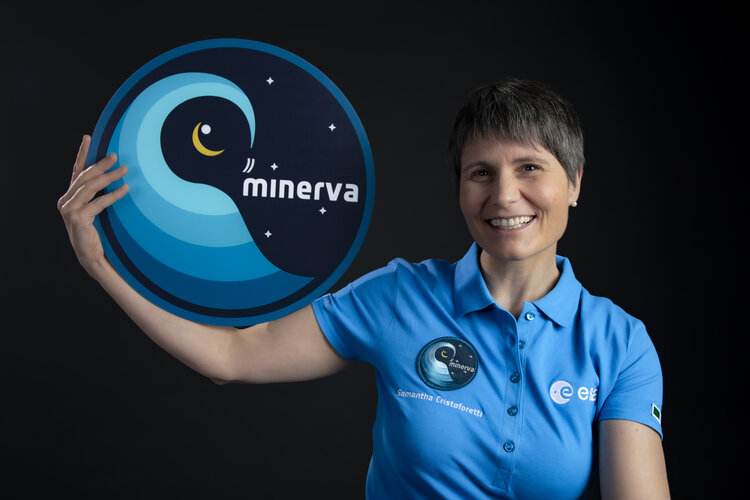
Crew Dragon spacecraft Freedom, carrying ESA astronaut Samantha Cristoforetti and her NASA colleagues Kjell Lindgren, Robert Hines and Jessica Watkins, docked to the International Space Station at 01:37 CEST Thursday 28 April.
DalBello to lead Office of Space Commerce
Wednesday, 27 April 2022 20:38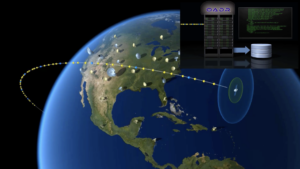
The Commerce Department has hired a veteran of government and industry to be the next director of the Office of Space Commerce.
The post DalBello to lead Office of Space Commerce appeared first on SpaceNews.
Ingenuity Mars Helicopter spots gear that helped Perseverance rover land
Wednesday, 27 April 2022 20:19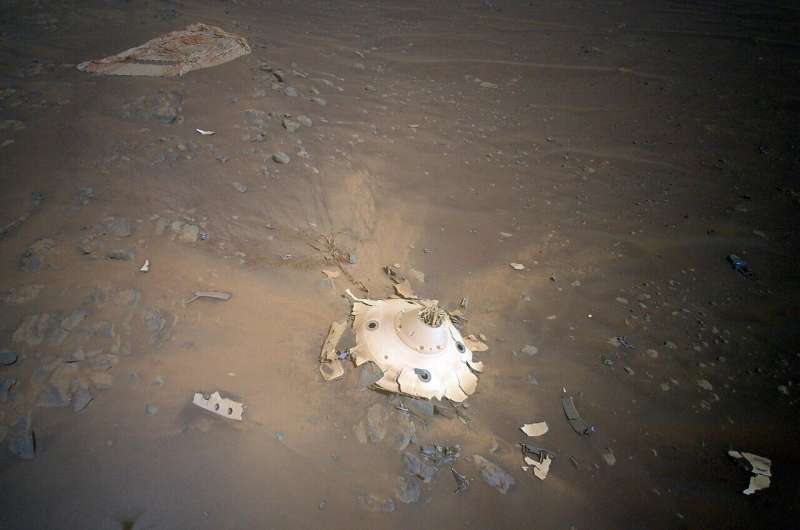
NASA's Ingenuity Mars Helicopter recently surveyed both the parachute that helped the agency's Perseverance rover land on Mars and the cone-shaped backshell that protected the rover in deep space and during its fiery descent toward the Martian surface on Feb. 18, 2021. Engineers with the Mars Sample Return program asked whether Ingenuity could provide this perspective. What resulted were 10 aerial color images taken April 19 during Ingenuity's Flight 26.
"NASA extended Ingenuity flight operations to perform pioneering flights such as this," said Teddy Tzanetos, Ingenuity's team lead at NASA's Jet Propulsion Laboratory in Southern California. "Every time we're airborne, Ingenuity covers new ground and offers a perspective no previous planetary mission could achieve.
Op-ed | South Africa’s Space Journey Charts a Course for the Continent
Wednesday, 27 April 2022 18:00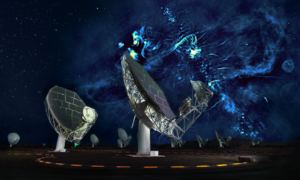
Today, South Africa is an evident center of gravity in the African space community. It hosts some of the world’s most sophisticated ground-based space infrastructure, its space supply chain is strong, and its public sector institutions are oriented toward growing the space industry and national capabilities.
Jessica Watkins makes history as first Black woman launched to ISS for extended space mission
Wednesday, 27 April 2022 17:35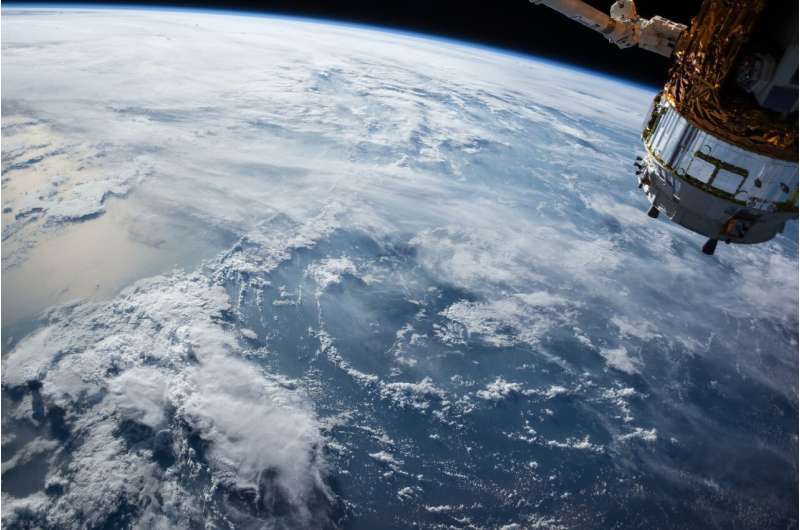
Jessica Watkins made history on Wednesday by becoming the first Black woman launched into space for an extended mission on the International Space Station.
Watkins, 33, and three other astronauts rocketed into space from the Kennedy Space Center on Merritt Island, Florida at 3:52 a.m. EDT.
"I think it really is just a tribute to the legacy of the Black women astronauts that have come before me, as well as to the exciting future ahead," Watkins said during an NPR interview.
Last November, NASA announced Watkins would be the fourth and final seat on Crew Dragon for SpaceX's Crew-4 mission.
The assignment meant she would be the first Black woman to join an ISS crew for scientific research, station maintenance, training and more over a six-month period. Previously, Victor Glover, part of SpaceX's Crew-2 mission that launched in November 2020, became the first Black astronaut to join a station crew.
Out of 248 astronauts who have visited the ISS, only seven have been Black and none were included in expeditions lasting several months.
In 1983, Guion Bluford became the first Black astronaut to travel to space.
Government trying to streamline procurement of commercial space data
Wednesday, 27 April 2022 13:10
NGA is trying to match requirements with commercially available technology, said Frank Avila, commercial and business operations deputy director at the National Geospatial-intelligence Agency
The post Government trying to streamline procurement of commercial space data appeared first on SpaceNews.
DoD intelligence chief: U.S. made ‘gutsy decision’ to release sensitive imagery to counter Russia’s deception ops
Wednesday, 27 April 2022 12:43
Undersecretary of Defense Ronald Moultrie: The decision to release satellite imagery and other intelligence on Russia’s movements 'was not taken lightly'
The post DoD intelligence chief: U.S. made ‘gutsy decision’ to release sensitive imagery to counter Russia’s deception ops appeared first on SpaceNews.
China to build a lunar communications and navigation constellation
Wednesday, 27 April 2022 10:28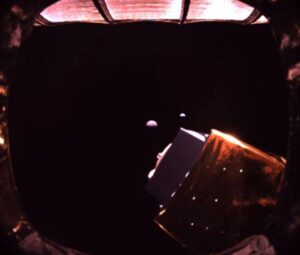
China plans to set up a constellation around the moon to provide communication and navigation services for future complex operations on the lunar surface.
ESA DG talks about the future of human space exploration
Wednesday, 27 April 2022 09:00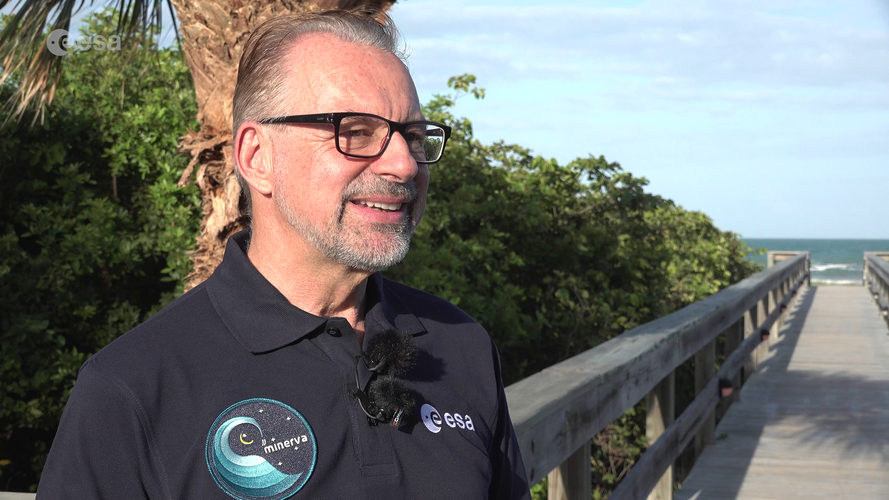 Video:
00:03:26
Video:
00:03:26
ESAWebTV caught up with the DG while he was in Florida for the Crew-4 launch. Here’s what he had to say.
SpaceX launches its latest crew to ISS for NASA
Wednesday, 27 April 2022 08:01 Days after a SpaceX Dragon capsule crewed by wealthy adventurers splashed down off Florida's coast, another launched Wednesday, this time for a NASA mission to the International Space Station.
The Crew-4 mission blasted off from the Kennedy Space Center at 3:52 am (0752 GMT), carrying Americans Kjell Lindgren, Bob Hines and Jessica Watkins, as well as Italian Samantha Cristoforetti of the Eu
Days after a SpaceX Dragon capsule crewed by wealthy adventurers splashed down off Florida's coast, another launched Wednesday, this time for a NASA mission to the International Space Station.
The Crew-4 mission blasted off from the Kennedy Space Center at 3:52 am (0752 GMT), carrying Americans Kjell Lindgren, Bob Hines and Jessica Watkins, as well as Italian Samantha Cristoforetti of the Eu 